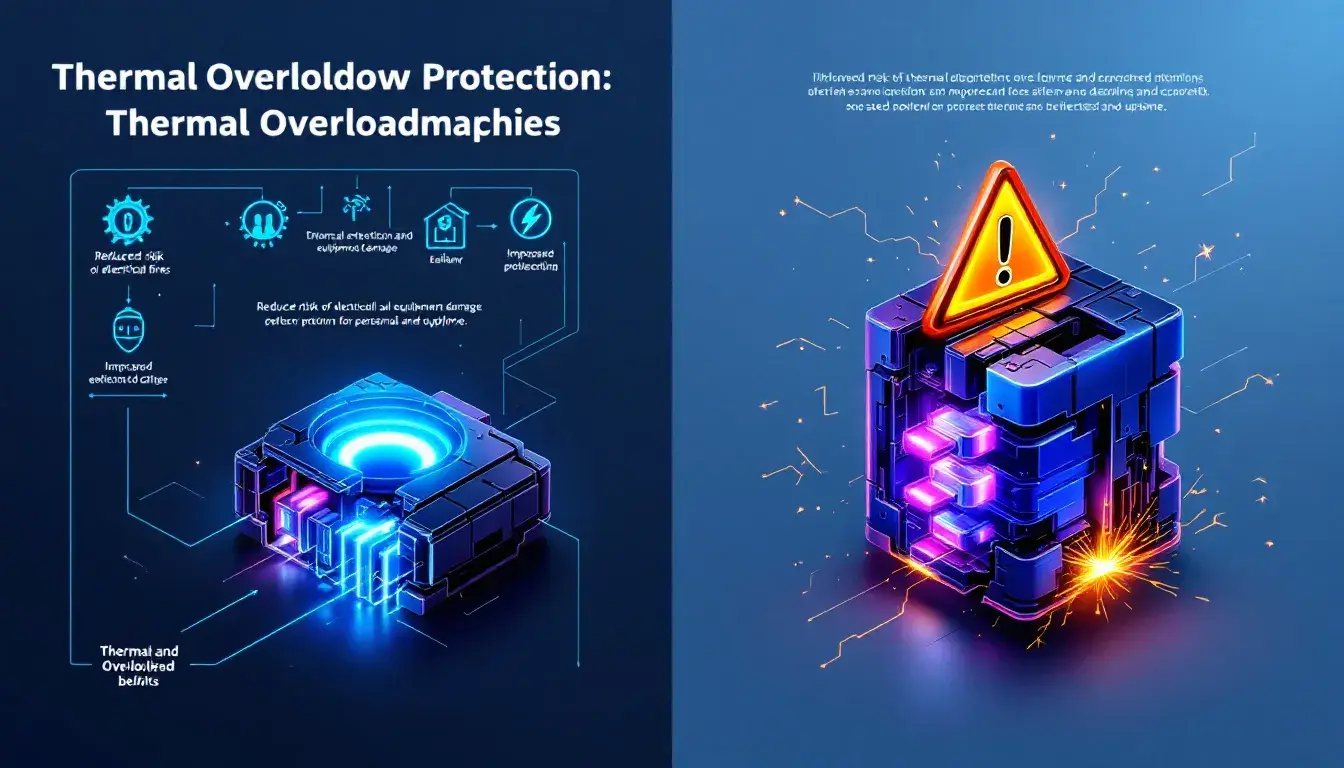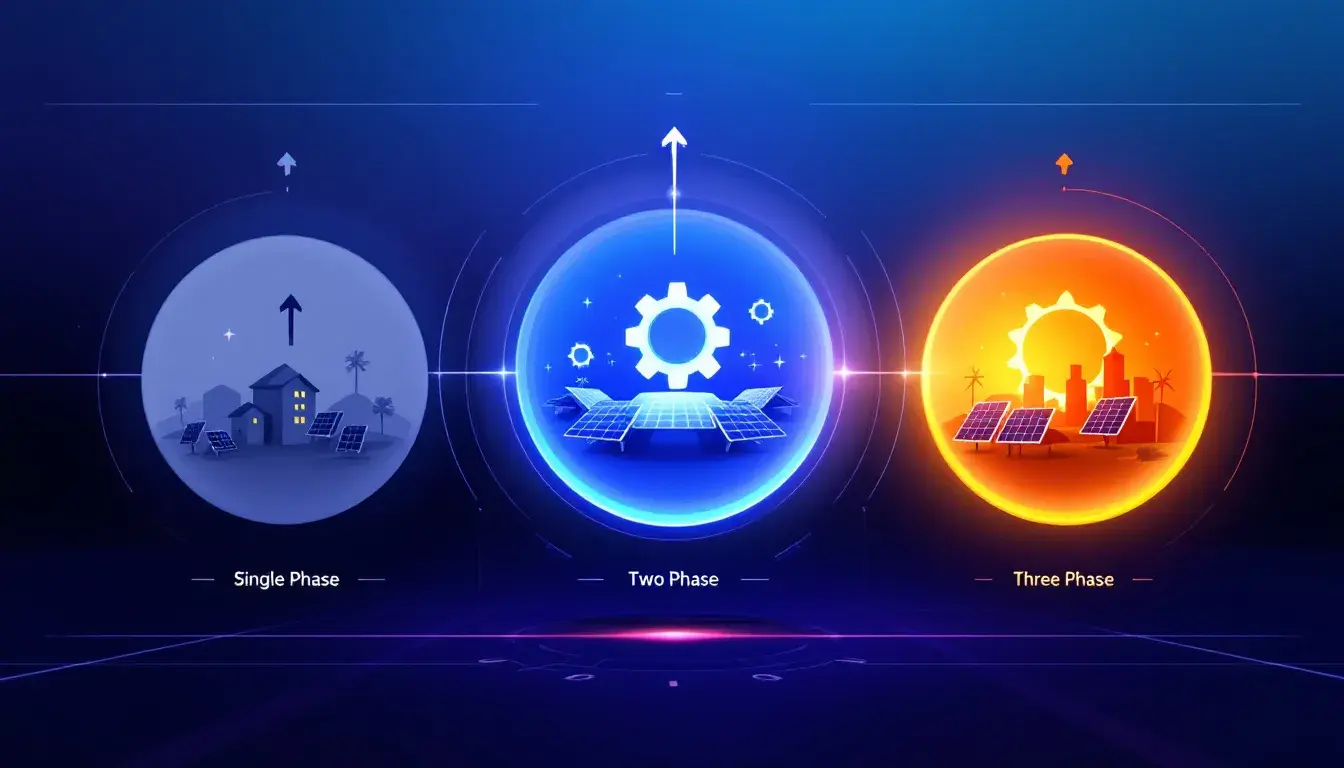The Ultimate Guide to Solar Pump Inverter: definitions, types, uses, working principles
Table of Contents
ToggleYour inverter is the most critical and integral element of your off-grid solar system. It converts direct current from your solar panels into alternating current, powering items like water pumps and other appliances while keeping a constant frequency even when voltage drops from your panels. It plays an important role in keeping everything running smoothly in case there’s an electrical outage or other interruption.
What is Solar Pump Inverter
A solar pump inverter or VFD, also known as a solar PV inverter, is an electronic device that converts direct current (DC) power from solar panels into alternating current (AC) energy for driving an electric motor. It works similarly to a soft starter in that it changes both output frequency and voltage at common line frequency to match available sunlight resources to your pump motor load.
The solar inverter is an innovative device that can connect to city power when the sun doesn’t shine, or there aren’t enough hours in which to run your system. This ensures your pump continues running even during nights or rainy weather.
Types of Solar Pump Inverters
When shopping for a Solar Pump Inverter, there are various types available on the market. It’s essential to comprehend their differences so you can decide which option best meets your requirements.
Solar Pump Inverters are essential devices that transform DC electricity generated by photovoltaic panels into AC electricity that can drive a pump motor.
1. Grid-Connected
A Grid-Connected Solar Pump Inverter converts DC power generated by solar panels into alternating current (AC) that can be used in residential or commercial buildings. It adjusts its output frequency based on sunlight intensity to maximize how much electricity can be harvested from those solar panels.
Grid-connected inverters come in two main varieties: string and central. String inverters use several PV strings to connect to a central inverter, offering several advantages, such as lower overall system cost, low AC power losses, and high structure modularity.
2. Off-Grid
Off-grid solar power systems are an excellent option for those seeking to generate their own renewable energy without being connected to the electricity grid. These typically consist of a battery pack, solar panels, inverter, charge controller, and other necessary components.
These systems can also be programmed to operate in emergency mode and prevent blackouts when power goes out. Furthermore, they contain energy storage units for later use.
3. Variable Frequency
The Variable Frequency Solar Pump Inverter is an advanced system that allows PV power to be directly used to drive water pumps without the use of battery modules. Not only does this save costs on utilities, but it also helps protect the environment by using clean energy sources. This technology offers both cost savings and environmental benefits.
Variable frequency solar pump inverters (VFDs) are VFDs without a rectifier section, designed to take solar current from a PV array and regulate its output frequency to reduce motor wear.
4. MPPT
MPPT solar pump inverters (also referred to as solar VFD or variable frequency drive) transform the direct current generated from a photovoltaic array into alternating current and drive various AC motor water pumps such as centrifugal pumps, irrigation pumps, and deep well pumps. They feature an integrated maximum power point tracker, which helps optimize the output power from your solar array.
MPPT controllers are microprocessor-driven. When they detect the voltage output from solar panels and batteries, they shut down automatically after a brief look at it for several microseconds, then make necessary adjustments in both voltage and current to get maximum amps into batteries.
Uses of Solar Pump Inverters
Solar water pump applications range from irrigation and drainage to swimming pool pumps. To run these systems properly, an inverter that matches the output of your solar panels must be used.
Solar pump inverters are an efficient and eco-friendly way to save energy costs. Furthermore, they enable pumps to run continuously even when there is no electric supply in rural areas.
They help reduce your business’s overall expenses and use fewer fossil fuels – an important step towards protecting the environment. They can be applied in various places, such as rural and remote settings.
Working Principles of Solar Pump Inverters
Photovoltaic systems utilize photons from the sun to absorb radiant energy and convert it into electrical current. This electricity then circulates throughout the entire system, powering devices.
In order to power a pump, these PV systems require an inverter that can convert the direct current output of the solar cells into alternating current. This alternating current then powers the motor driving the pump.
These inverters come in several varieties and can be divided into grid-interactive (grid tie), off-grid, hybrid, and backup models. The former works on the grid while the latter operates independently; both need a synchronous frequency and voltage for operation.
The most common solar inverter type is the grid-interactive or synchronous inverter, which utilizes Maximum Power Point Tracking to maximize its capacity to make use of available sunlight. While this approach can help save energy, it requires a large amount of storage and can be quite costly.
Advantages and Importance of Solar Pump Inverters
Solar pump inverters are an integral component of a smart energy solution. They offer clean, green energy without the cost or disruption caused by electricity interruptions or outages.
- Energy Efficiency
Inverters are designed to make the most of solar energy by optimizing output frequency and voltage according to changes in sunlight intensity. This results in maximum performance and efficiency from solar power sources.
- Reliability
Reliability is especially critical for solar pump inverters since many are used in remote locations without access to electrical infrastructure. Therefore, these units must be reliable so that they can function throughout the lifetime of the system.
- Performance
Surge capacity is an essential performance characteristic for solar systems, enabling them to handle high peak power spikes that may arise when motors, compressors, and pumps operate at full capacity. Most inverters also offer continuous ratings when running all your loads at higher-than-usual rates.
- Maintenance
Solar-powered pumping systems are essential in developing nations. Not only do they provide lifesaving assistance during times of emergency, but their smooth running requires regular maintenance to remain reliable. To ensure the highest quality system with all necessary parts and components, it’s important to invest in a top-quality unit.
If you wanna know more about Solar Inverters For Off-Grid and Grid-Tied Systems, please click here.
TOSUNlux offers a broad selection of top-quality solar water pump inverters that maximize the energy generated by your photovoltaic system to power your pumps. Our inverters come in both single-phase and three-phase configurations, so you can find one to meet your requirements.
Tel: +86-577-88671000
E-mail: ceo@tosun.com
Skype: tosunelectric
Wechat: +86-139 6881 9286
WhatsApp: +86-139 0587 7291
Address: Room No.1001 Wenzhou Fortune Center,Station Road, Wenzhou, China
REQUEST A QUOTE
WhatsApp us
 : +86-139 0587 7291
: +86-139 0587 7291 English
English Español
Español Русский
Русский Français
Français العربية
العربية Português do Brasil
Português do Brasil Українська
Українська Türkçe
Türkçe Polski
Polski Nederlands
Nederlands Italiano
Italiano Bahasa Indonesia
Bahasa Indonesia हिन्दी
हिन्दी اردو
اردو አማርኛ
አማርኛ Հայերեն
Հայերեն ไทย
ไทย Монгол
Монгол فارسی
فارسی Shqip
Shqip Ελληνικά
Ελληνικά


